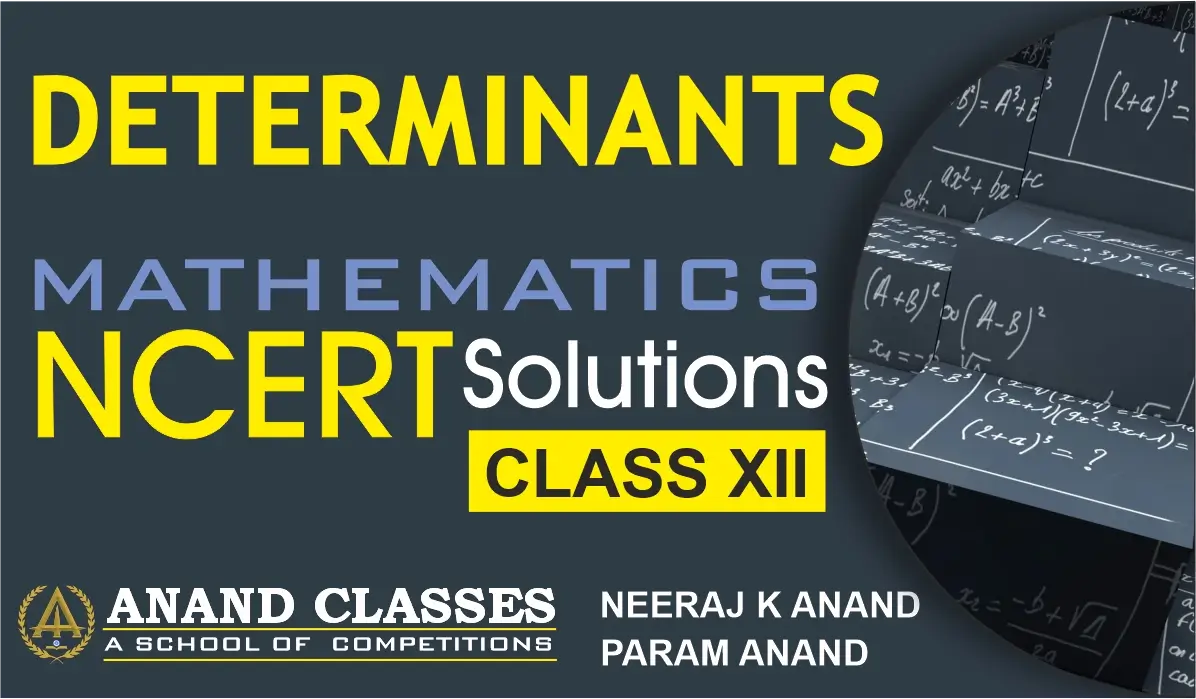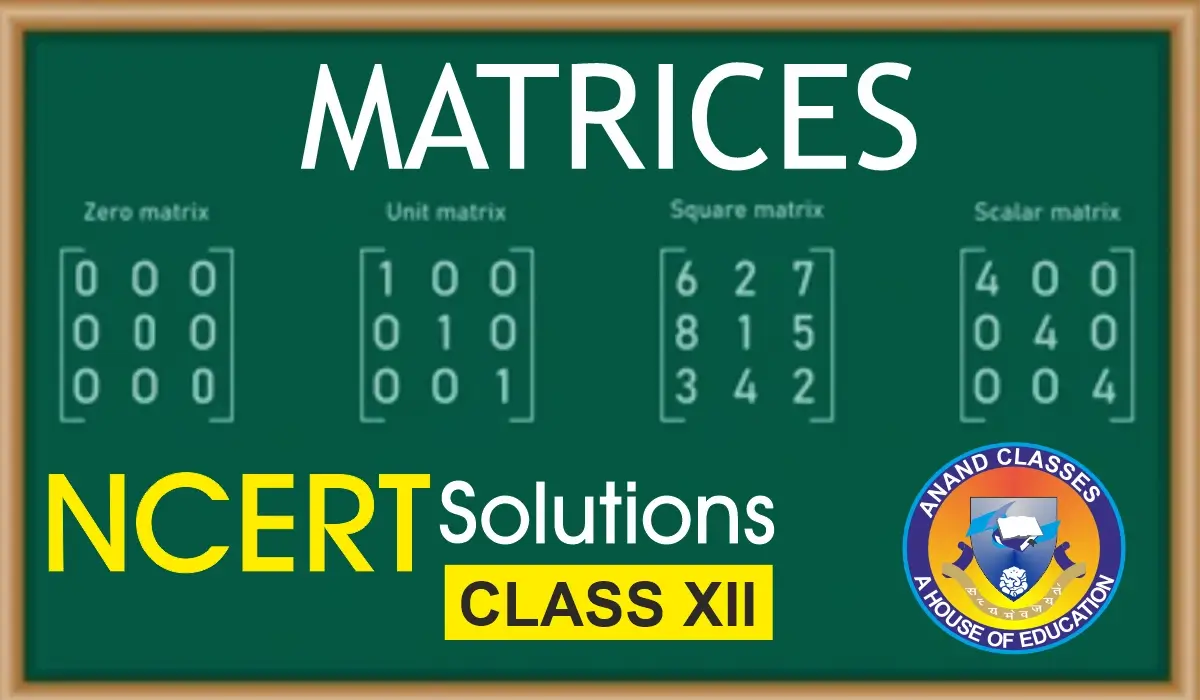Anand Classes provides detailed NCERT Exemplar Solutions for questions 14 to 23 (MCQs) from the chapter Classification of Elements and Periodicity in Properties for Class 11 Chemistry. These solutions are designed to help students understand key concepts, periodic trends, and classification methods with step-by-step explanations and examples for better learning and exam preparation. Click the print button to download study material and notes.
Question 14
Which of the following elements can show covalency greater than 4?
(a) Be
(b) P
(c) S
(d) B
Answer: Correct Options (b), (c)
Elements Be and B lie in the 2nd period. They can have a maximum of 8 electrons in the valence shell.
In other words, they can have a maximum covalency of $\frac{8}{2} = 4$.
However, elements P and S have vacant d-orbitals in their respective valence shells and hence can accommodate more than 8 electrons.
Thus, P and S can show covalency greater than 4.
Final Answer:
$$ \boxed{P, \; S} $$
Question 15
Those elements impart colour to the flame on heating in it, the atoms of which require low energy for ionisation (i.e., absorb energy in the visible region of spectrum). The elements of which of the following groups will impart colour to the flame?
(a) 2
(b) 13
(c) 1
(d) 17
Answer: Correct Options (a), (c)
The elements of group 1 (alkali metals) and group 2 (alkaline earth metals) have 1 and 2 electrons respectively in their valence shells.
Hence, they have low ionisation energies and impart colour to the flame.
Group 1 → Colour
- Li → Crimson
- Na → Yellow
- K → Pale violet
- Rb → Red violet
- Cs → Blue
Group 2 → Colour
- Ca → Brick-red
- Sr → Crimson red
- Ba → Apple green
- Ra → Crimson
Final Answer:
$$ \boxed{\text{Group 1 and Group 2 elements}} $$
Question 16
Which of the following sequences contain atomic numbers of only representative elements?
(a) 3, 33, 53, 87
(b) 2, 10, 22, 36
(c) 7, 17, 25, 37, 48
(d) 9, 35, 51, 88
Answer: Correct Options (a), (d)
- Elements of s- and p-block are called representative elements.
- Elements of d-block are transition elements ($Z = 21–30, 39–48, 57, 72–80, 89, 104–112$).
- Elements of f-block are inner transition elements ($Z = 58–71, 90–103$).
Options (a) and (d) contain only representative elements.
Final Answer:
$$ \boxed{(a), \; (d)} $$
Question 17
Which of the following elements will gain one electron more readily in comparison to other elements of their group?
(a) S(g)
(b) Na(g)
(c) O(g)
(d) Cl(g)
Answer: Correct Options (a), (d)
- Chlorine has the highest tendency to gain an electron because it acquires the stable configuration of Argon.
- Between O and S: Oxygen is much smaller, so electron-electron repulsions in its $2p$ orbital are stronger.
Thus, S gains an electron more readily than O. - Sodium prefers to lose its one valence electron instead of gaining.
Final Answer:
$$ \boxed{S, \; Cl} $$
Question 18
Which of the following statements are correct?
(a) Helium has the highest first ionisation enthalpy in the periodic table
(b) Chlorine has less negative electron gain enthalpy than fluorine
(c) Mercury and bromine are liquids at room temperature
(d) In any period, atomic radius of alkali metal is the highest
Answer: Correct Options (a), (c), (d)
- (a) Correct → Helium has the highest first ionisation enthalpy.
- (b) Incorrect → Chlorine has more negative electron gain enthalpy than fluorine.
- (c) Correct → Hg and Br are liquids at room temperature.
- (d) Correct → Alkali metals have the largest atomic radius in their period.
Final Answer:
$$ \boxed{(a), \; (c), \; (d)} $$
Question 19
Which of the following sets contain only isoelectronic ions?
(a) $Zn^{2+}, \; Ca^{2+}, \; Ga^{3+}, \; Al^{3+}$
(b) $K^+, \; Ca^{2+}, \; Sc^{3+}, \; Cl^-$
(c) $P^{3-}, \; S^{2-}, \; Cl^-, \; K^+$
(d) $Ti^{4+}, \; Ar, \; Cr^{3+}, \; V^{5+}$
Answer: Correct Options (b), (c)
Isoelectronic → species having the same number of electrons.
(a) $Zn^{2+}(28), \; Ca^{2+}(18), \; Ga^{3+}(28), \; Al^{3+}(10)$ → Not same.
(b) $K^+(18), \; Ca^{2+}(18), \; Sc^{3+}(18), \; Cl^-(18)$ → All 18 electrons.
(c) $P^{3-}(18), \; S^{2-}(18), \; Cl^-(18), \; K^+(18)$ → All 18 electrons.
(d) $Ti^{4+}(18), \; Ar(18), \; Cr^{3+}(21), \; V^{5+}(18)$ → Not same.
Final Answer:
$$ \boxed{(b), \; (c)} $$
Question 20
In which of the following options order of arrangement does not agree with the variation of property indicated against it?
(a) $Al^{3+} < Mg^{2+} < Na^+ < F^-$ (Increasing ionic size)
(b) $B < C < N < O$ (Increasing first ionisation enthalpy)
(c) $I < Br < Cl < F$ (Increasing electron gain enthalpy)
(d) $Li < Na < K < Rb$ (Increasing metallic radius)
Answer: Correct Options (b), (c)
Reasoning:
- Ionic size increases as positive charge decreases / negative charge increases → (a) correct.
- N has higher ionisation enthalpy than O due to half-filled $2p^3$ stability → (b) incorrect.
- Cl has more negative electron gain enthalpy than F → (c) incorrect.
- Metallic radius increases down the group → (d) correct.
Final Answer:
$$ \boxed{(b), \; (c)} $$
Question 21
Which of the following have no unit?
(a) Electronegativity
(b) Electron gain enthalpy
(c) Ionisation enthalpy
(d) Metallic character
Answer: Correct Options (a), (d)
- Electronegativity and metallic character are relative properties → No unit.
- Electron gain enthalpy and ionisation enthalpy → Units are $kJ \, mol^{-1}$.
Final Answer:
$$ \boxed{\text{Electronegativity, Metallic Character}} $$
Question 22
Ionic radii vary in
(a) inverse proportion to the effective nuclear charge
(b) inverse proportion to the square of effective nuclear charge
(c) direct proportion to the screening effect
(d) direct proportion to the square of screening effect
Answer: Correct Options (a), (c)
- Ionic radius decreases as the effective nuclear charge increases:
$$ r \propto \frac{1}{Z_\text{eff}} $$ - Ionic radius increases with the screening effect:
$$ r \propto \text{screening effect} $$
Final Answer:
$$ \boxed{(a), \; (c)} $$
Question 23
An element belongs to the 3rd period and group 13 of the periodic table. Which of the following properties will be shown by the element?
(a) Good conductor of electricity
(b) Liquid, metallic
(c) Solid, metallic
(d) Solid, non-metallic
Answer: Correct Options (a), (c)
Except boron, all elements of group 13 are metallic and solid.
For example, Aluminium is a solid metal and a good conductor of electricity.
Final Answer:
$$ \boxed{\text{Solid, metallic and good conductor of electricity}} $$
📚 Buy Study Material & Join Our Coaching
For premium study materials specially designed for JEE, NEET, NDA, and CBSE/ICSE Classes, visit our official study material portal:
👉 https://publishers.anandclasses.co.in/
For NDA Study Material, Click Here
For SSC Study Material, Click Here
To enroll in our offline or online coaching programs, visit our coaching center website:
👉 https://anandclasses.co.in/
📞 Call us directly at: +91-94631-38669
💬 WhatsApp Us Instantly
Need quick assistance or want to inquire about classes and materials?
📲 Click below to chat instantly on WhatsApp:
👉 Chat on WhatsApp
🎥 Watch Video Lectures
Get access to high-quality video lessons, concept explainers, and revision tips by subscribing to our official YouTube channel:
👉 Neeraj Anand Classes – YouTube Channel


